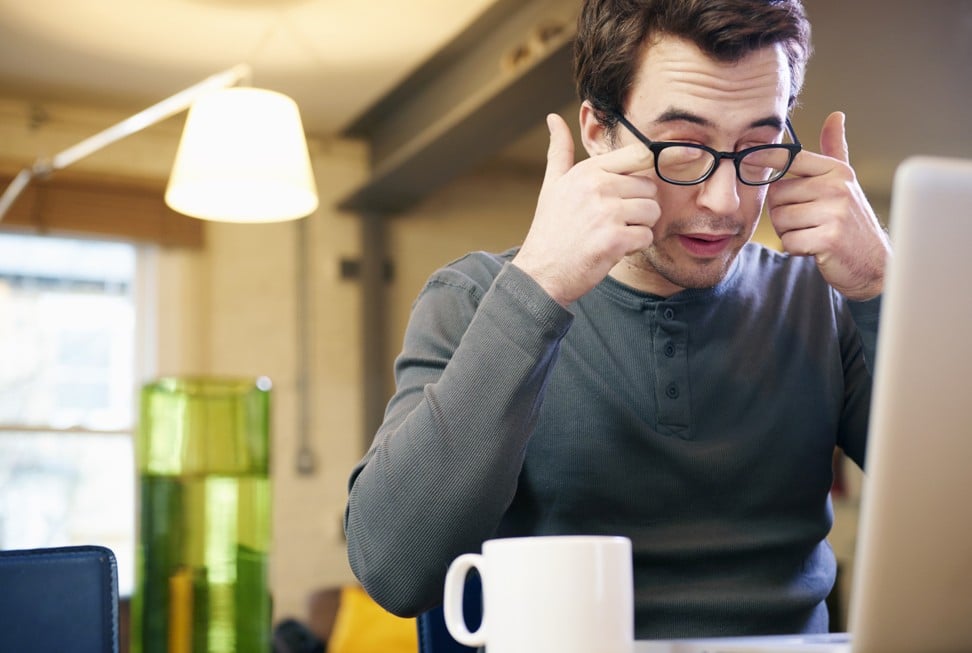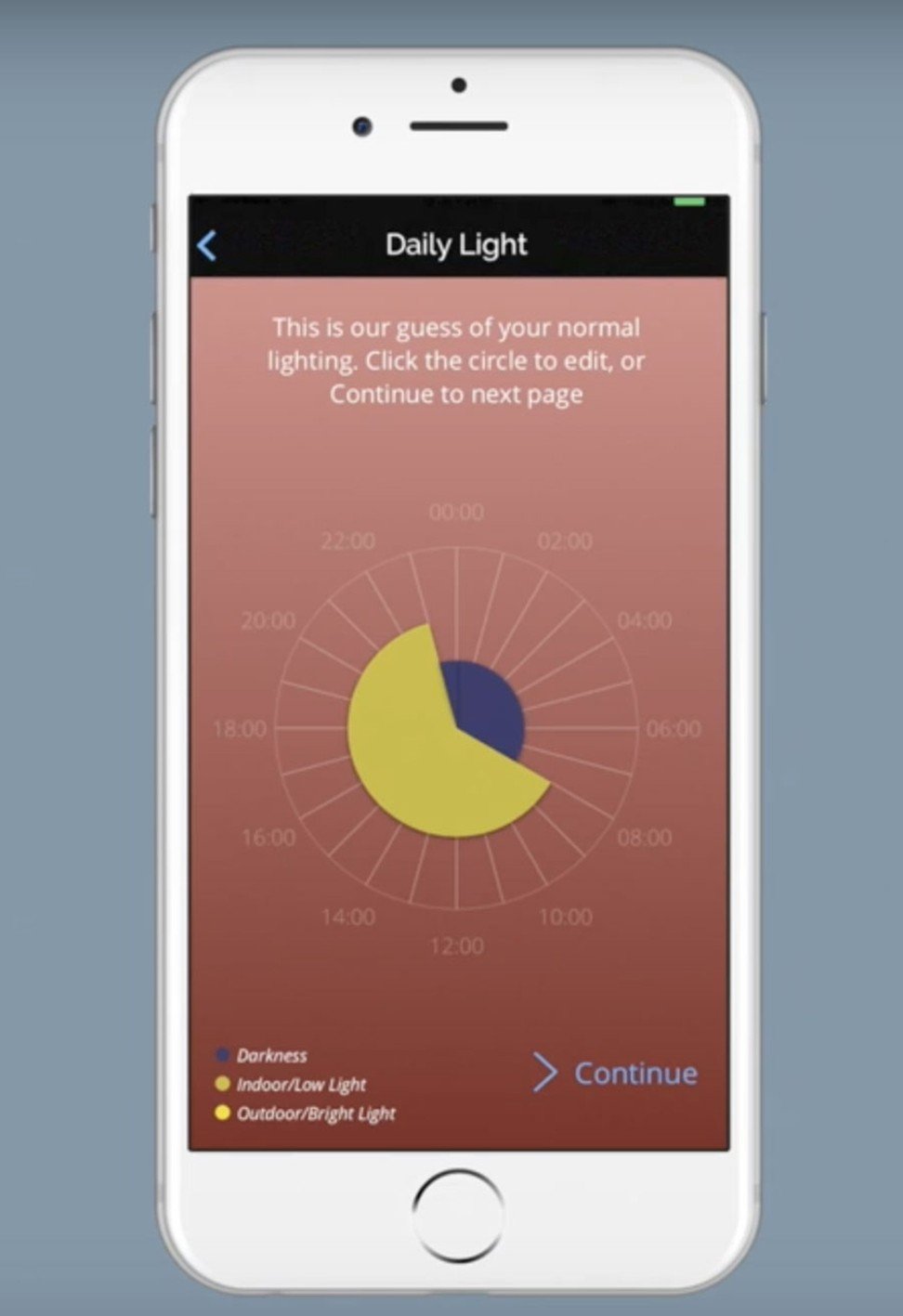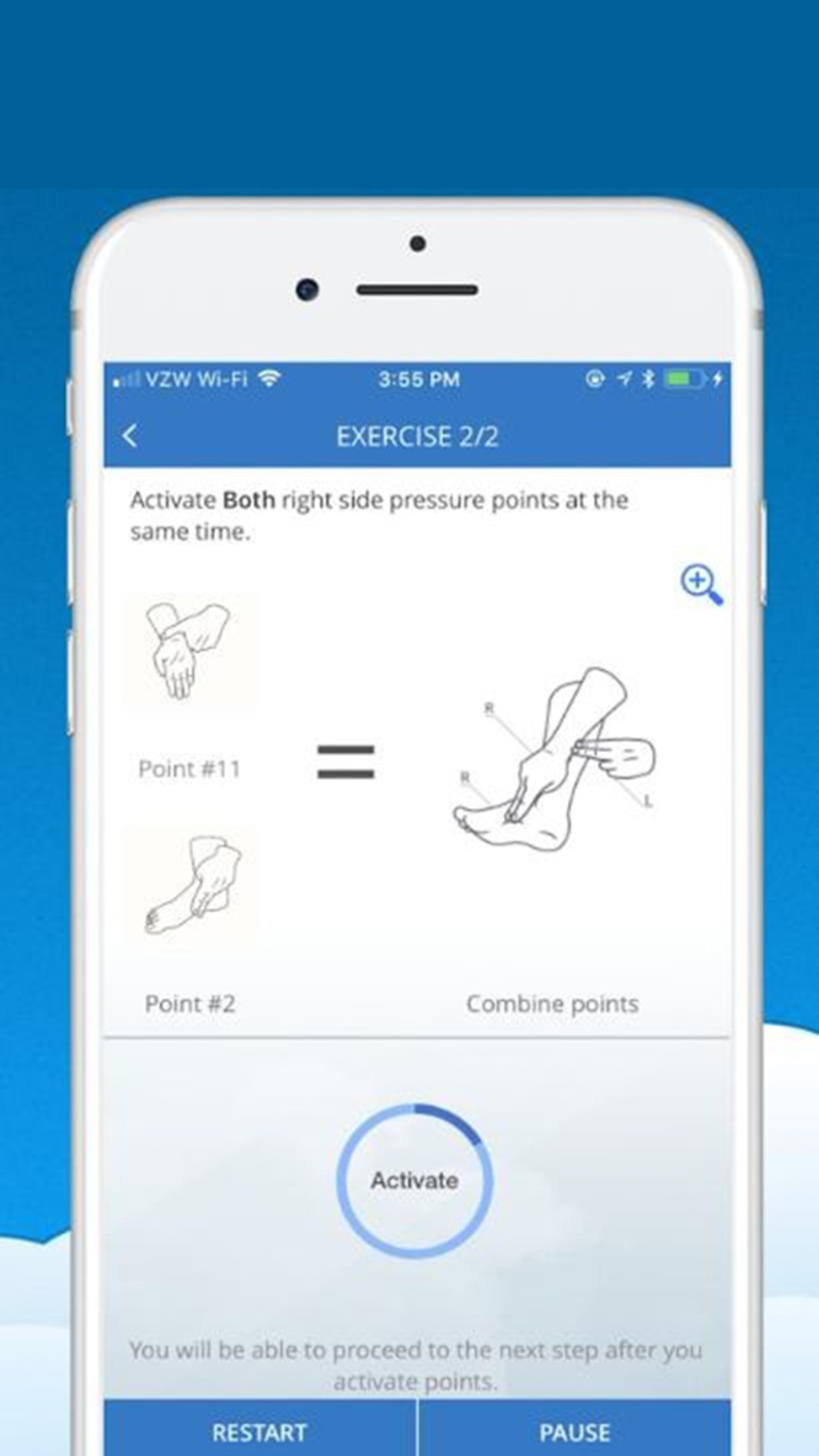
Three apps to help you tackle jet lag – or even avoid it completely
- Telling you to wear sunglasses to avoid light or to turn up your phone’s brightness, the Timeshifter and Entrain apps help get your body in sync
- Another app provides customised acupressure instructional videos to help relieve headache symptoms caused by jet lag
Jet lag is the bane of many a trip: even a difference of just a few hours can make you feel out of sync. Luckily, there are apps to help travellers manage the condition.
The roots of jet lag lie in our biology, which is what makes it so hard to shift. “Our brains and bodies work on a 24-hour cycle called our circadian rhythm, which is controlled by light and darkness,” says Dr Kasey Nichols, a doctor based in the US state of Arizona who focuses on sleep disorders.
“Jet lag occurs when people travel across timelines, causing it to be light when your body is used to it being dark outside and vice versa.
“Apps may help more quickly shift the circadian clock by indicating to you when you should be getting bright light, and when you should be shutting it out.”

According to Dr Chris Alford, associate professor in applied psychology at the University of the West of England in the UK, an app should only be one item in your jet-lag management toolkit.
“It can help, but it should be part of a whole repertoire that includes meals and exercise – I wouldn’t say that light alone does it,” he says.
Not a nervous flier? Neither was I – until the coronavirus
These three apps can help travellers cope with jet lag:
1. Timeshifter
Clean and intuitive, the Timeshifter app offers plans tailored to age, gender and chronotype (whether you are a morning or a night person). “Your chronotype affects melatonin release, so if the app accounts for those factors, that’s pretty smart,” says Nichols.

The app’s “Practicality Filter” will make sure that its plans are followable – it will not tell you to take a nap when you are about to board a plane, for instance. It will give you advice, telling you to wear sunglasses to avoid light in bright environments or to turn up your phone’s brightness when it is dark.
There are also options for adding caffeine and melatonin supplements to your plan, the latter of which is considered particularly useful in managing jet lag.
“Melatonin increases when you shut your eyes or when it gets dark,” says Alford. “If you’re walking around in an environment where you can’t escape the light, melatonin could be a good thing to try.”
Users can try their first Timeshifter plan for free; after that it’s US$9.99 per plan or US$24 per year.

2. Entrain
One of the first mobile apps to offer a light-based solution to jet lag, Entrain is the free, more basic version of Timeshifter – simply enter your arrival time and city and the app creates a light-exposure schedule to gradually bring you in line with your target time zone.
For example, if you are travelling from east to west, you would continue to expose yourself to bright artificial light after the sun sets in your home time zone, to simulate the later sunset in your target time zone.

It is a great way to try out light-based adjustment without commitment, and reduce jet lag in a scientifically approved way.
“When light hits the retina, it sends signals to the brain’s suprachiasmatic nucleus – our body’s internal clock – which then sends signals to the pineal gland to stop producing melatonin, one of our main sleep hormones,” says Nichols.
“When it’s dark, the suprachiasmatic nucleus signals the pineal gland saying: ‘Hey, there’s no light; it’s time to go to bed,’ and the pineal gland releases melatonin.”

3. Uplift
Uplift uses acupressure to treat jet lag and is the only one of these three apps which requires no prior adjustment time, so it could suit frequent fliers or business travellers. After processing your flight information, the app provides customised acupressure instructional videos.
“When people go to other time zones, they disturb their Qi movement and bodily functions,” says William Lo, a registered traditional Chinese medicine practitioner at Hong Kong’s Atlas Chinese Medicine and Physiotherapy Centre. “We use acupuncture points to relieve headache symptoms, to help people feel more energetic or help them fall asleep. If they cannot access an acupuncturist, they can use acupressure on themselves.”

Uplift promises a jet-lag-free experience if you activate the pressure points within three hours of arriving. It does, however, require some preparation. The app recommends that you watch an eight-minute introductory webinar before you start, and do a practice run before your trip.
It does not work offline, so you may need to wait until you reach your airport or hotel before following the video. After a six-month free trial, Uplift costs US$3.99 per month or US$19.99 per year.

